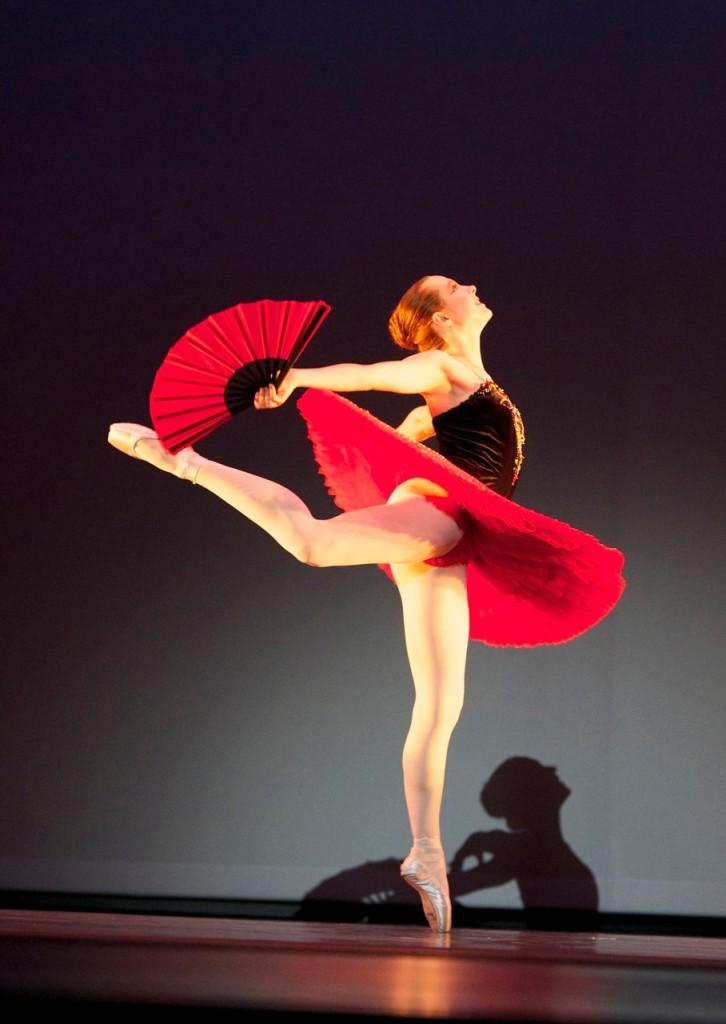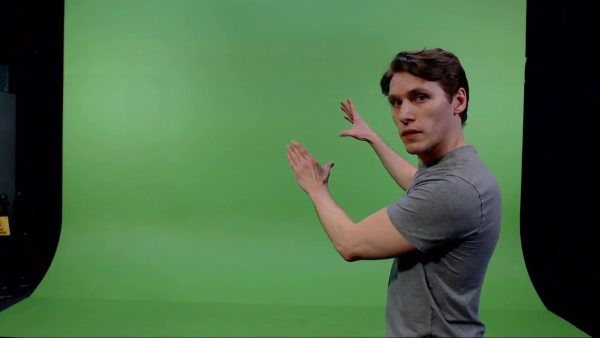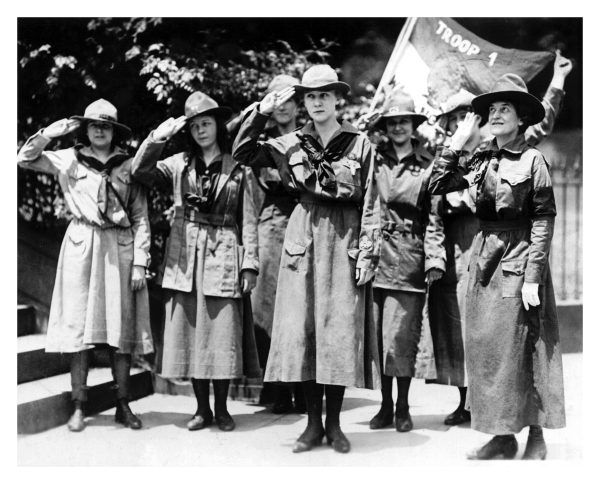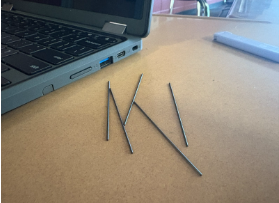Majoring in Dance? Advice from a Julliard Applicant
As most college-bound seniors now know, the daunting college application process brings about nothing but stress, anxiety, and late nights. Now imagine having to prepare a once-in-a-lifetime performance that could make or break your acceptance into a college. For prospective dance majors, this is reality.
Not only must dance major applicants be accepted to their respective colleges on academic grounds, but they also must have the skills and talents necessary to impress the demanding evaluators to gain admission. Though universities have different—and sometimes deterring—requirements for application, no school has their dancers leaping through hoops like the prestigious dance program at Juilliard.
As an auditionee for the Juilliard program, Emme Burchardt dubbed the audition schedule the “definition of intimidation.” The seemingly accurate nicknamed process requires students to attend three contrasting classes alongside current students—at any point during the observation, the candidate may be cut from the audition, resulting in the rejection of application.
The first opportunity is a classical ballet class used to ensure all applicants possess standard knowledge and technique. No matter the genre the dancer specializes in, if he or she doesn’t have the basics, they won’t be considered.
“Before auditioning, a dancer must be familiar with the basic techniques of ballet and modern,” says Burchardt, “this along with having trained for at least three years, the more the better, and a healthy body are valued traits conducive to a career in dance.”
The second and third sections of the audition specialize in modern and choreography, respectively. If the applicant manages to survive, they are then put in the spotlight, both literally and figuratively, in their pre-choreographed live solo performance. For most applicants, countless hours have been dedicated to the preparation for this one and a half minute solo.
The final performance cuts are made directly following the presentation and the top prospects are given a last opportunity to impress the evaluators in the interview session. However, securing an interview doesn’t give rise to receiving the highly sought after letter of acceptance.
Most applicants who make it past the interview are referred to the waitlist. Though this may seem like an awful lengthy application process to simply give out waiting list acceptances, only 12 women and 12 men per application year actually receive the letter of admittance and are allowed attend the program.
With thousands of talented dancers out there, what characteristics make a certain dancer sought after? Burchardt believes that a dancer is sought after if they possess work ethic, personality, technique, and potential.
“All of these elements will make the dancer malleable and enjoyable to work with since they are capable of quickly applying corrections in order to improve and succeed, which is the final goal.” However, she says, the most important asset for any dancer is their commitment to the craft. “My instructor always tells students, ‘Dance is 20% talent; 80% heart’ which I entirely believe.”
This love of dance catapulted Burchardt into following her dreams through college, however, this love has been growing since she first stepped into a dance studio at five-years-old and she has never looked back since.
However, the road hasn’t been smooth for Burchard as she has to constantly work in order to overcome perfectionism. In an art whose status quo is spending an abundance of time perfecting one step, it is not hard to succumb to perfectionist means.
“I set such high standards for myself during class that I easily become frustrated and could not continue improving,” says Burchardt. “Once I started focusing on personality and stopped comparing myself to the girls around me, I say a major improvement in my technique, work ethic, and confidence about my strength.”
Though a dancer may have a passion for the art, this doesn’t negate the sheer amount of hours that are spent in preparation for the audition.
“My preparation consisted of regular training (dancing two to five hours daily), choreographing and taping a one and a half minute solo which is submitted with the applications,” says Burchardt.
Additionally, she has attended master classes with teachers who instruct companies around the world such as Valery Lantratov, Madame Elizabeth Boitsov, and Tracy Inman hoping to expand her dancing horizon. After college she plans an auditioning to join a company as a contracted dancer and working with the company leaders now will immensely improve her skill and thus her chances.
So why not enter a company right after graduating high school instead of studying dance in college? Taking a company job means starting a career earlier, earning money, and more time spent performing instead of simply training. Dancers choosing to begin company work immediately after high school typically have a greater amount of facility and advanced technique in regards to dance. Many dancers do take this path, while others prefer college to continue solidifying technique.
Though she plans on auditioning for a few companies before college for experience, Burchardt plans on focusing on a college degree. By studying at a dance intensive school, the students can put more emphasis on dance. There would be less on an academic standard and dancers will be surrounded by other artists, which can spark creativity. There are many benefits to going the college route and this choice has been becoming ever more popular and as a result, more dancers see college degree in dance as a necessity instead of a hindrance.










